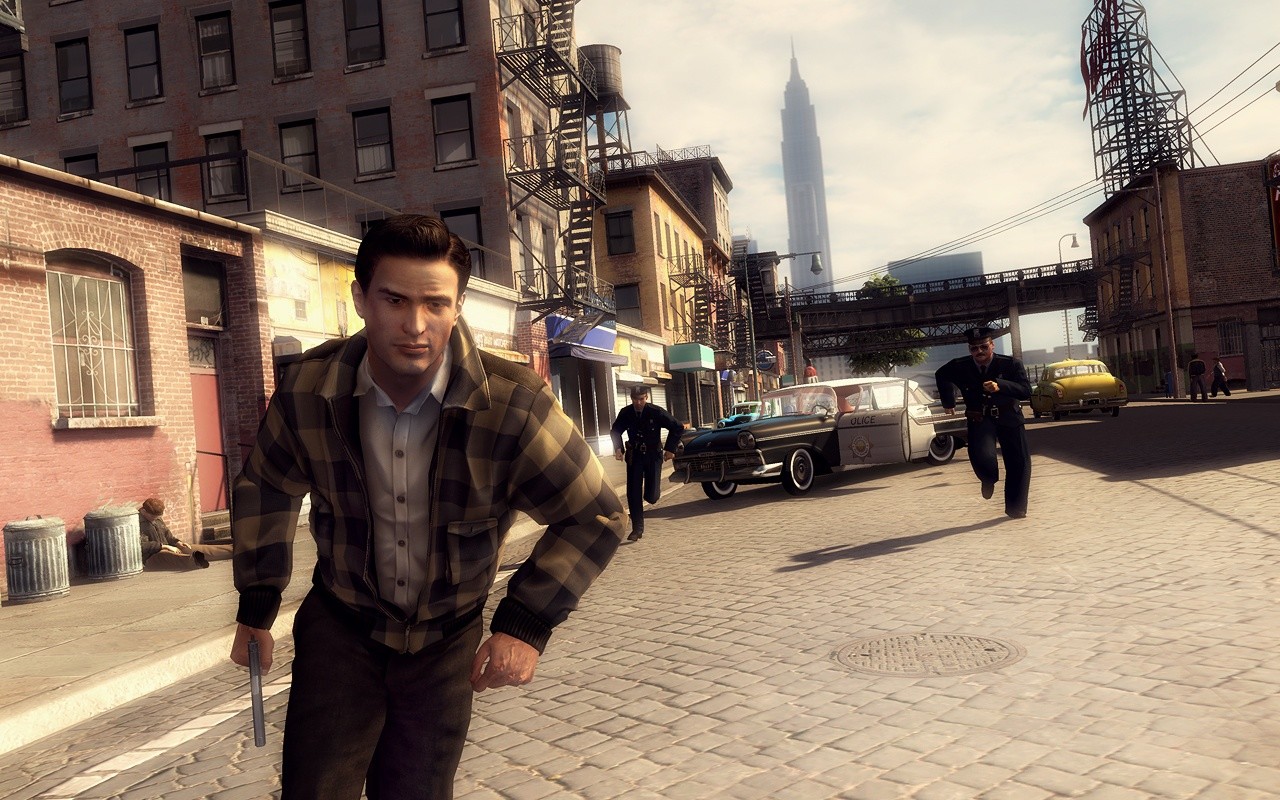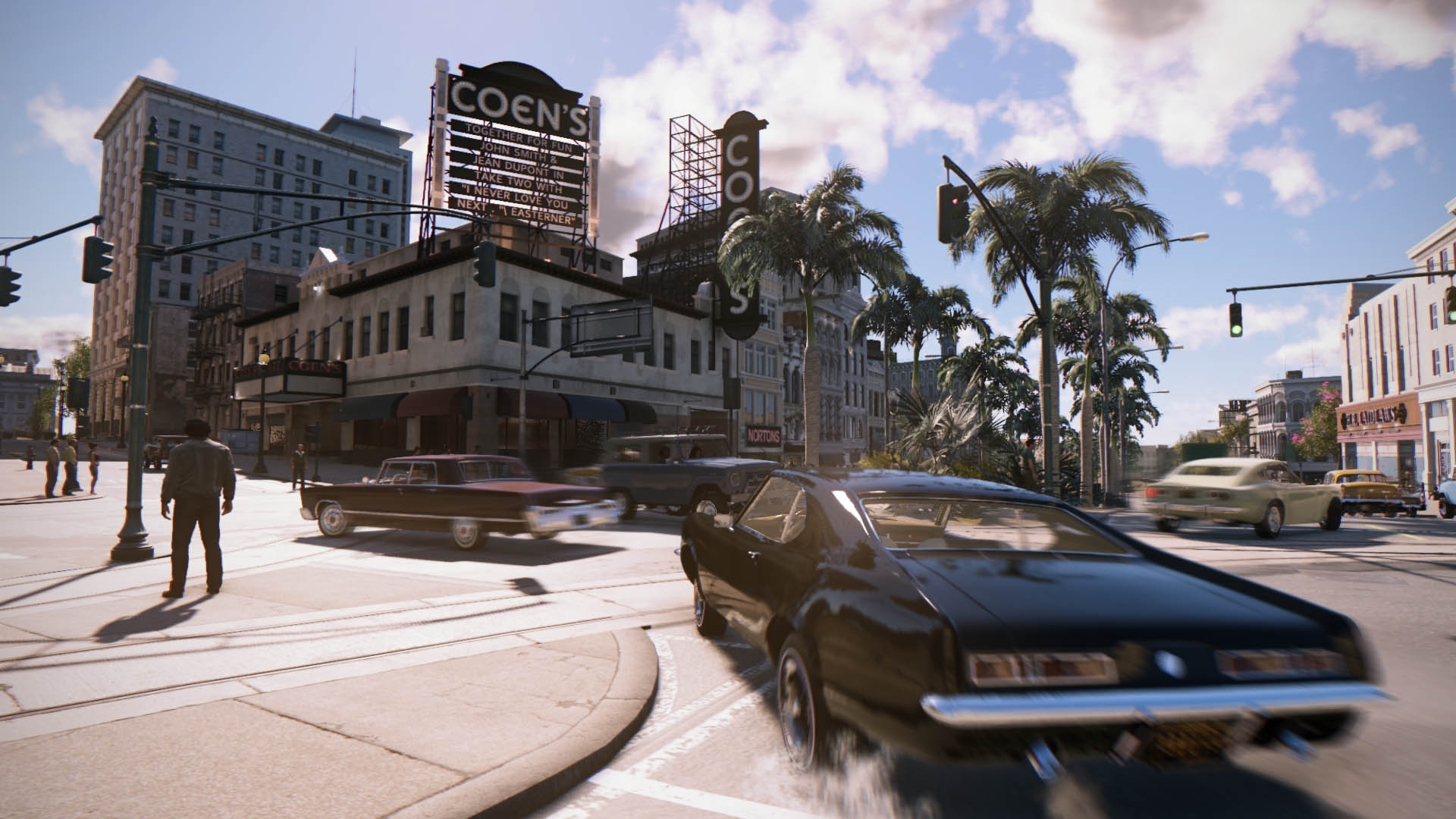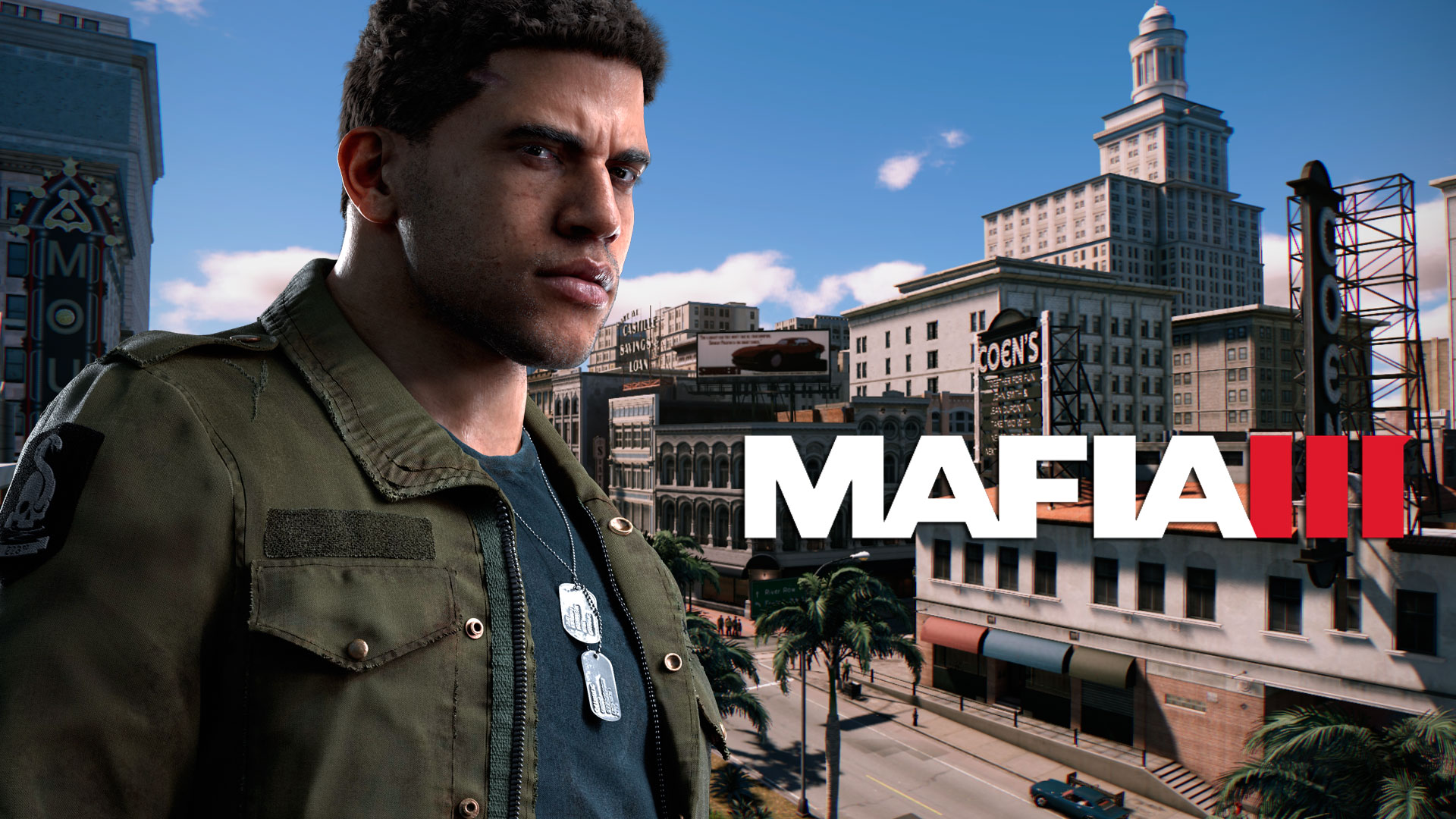Mafia 3 strikes out in so many interesting ways. Set in a fictionalised New Orleans called New Bordeaux at the height of social, racial and political tensions in 1968, Mafia 3 stars an African-American Vietnam war veteran trying to make sense of his recent return back to the country.
These are serious, deep themes that have been relatively unexplored in video games. It is a brave, rare experiment to include them and a breath of fresh air from the usual cityscapes of many other franchises (and indeed from early entries in this franchise). Mafia 3 feels like less of a sequel than a new direction for the franchise. Publishers 2K should be applauded for pushing forward with a game that attempts to tackle these issues.

But, and unfortunately there is a ‘but’, simply setting a game within this context doesn’t mean it will work and incorporate the spirit of the era. We are still left with the question of does it work? And while Mafia 3 has one of the strongest beginnings of any game this year, as the game opens up it falls away at the same time. What begins as a compelling, highly original story devolves into a generic open world game that is bested by its peers in those areas.
But let’s start with what this game gets right. It’s not often that one of best things about a game is its audio. First and foremost, Mafia 3 should be remembered for its excellent soundtrack. This is no backhanded compliment. Developers Hanger 13 should be complimented for their excellent choice in licensed tracks that are used to great effect throughout the game, as well as some well-made original scores. From Jimi Hendrix’s cover of Bob Dylan’s All Along the Watchtower to a large staple of Chicago Blues, Mafia 3 goes above and beyond to match contemporary songs of the era to key moments in the game, in a way that is more faithful than most other games that I have seen. This audio is right up there with Doom’s for soundtrack of the year.

Secondly, Mafia 3’s New Bordeaux is an interesting and unusual setting that makes for a distinctive narrative structure. It’s not exactly a beautiful game with a distinctively last-generation feel to it, but through its sheer difference to other games it’s a good-looking setting for some interesting stories. It’s not often that we as gamers get a view into African-American settings, especially poorer communities. For me it sparked renewed interest in the game’s narrative in a way that another White Guy’s Revenge set up probably couldn’t. On that note it’s also fantastic to see an African-American take the lead role though it is unfortunate that mechanically, he is identical to his white counterparts in that extreme violence is the only way that he relates to people. I feel this setup could have been an opportunity for 2K to progress a bit past the tired “man solves everything with his gun/blade/gunblade” mentality too many games suffer from, but it is not to be in this game.
Earlier in the review I called Mafia 3 brave, which is perhaps an unusual description for a game. Mafia 3 earns it though through a raw representation of the racist climate of the 1960s American South. New Bordeaux is imbued with images, sounds and infrastructure of a society where black men and women are not treated as equals by the law of the land, or the street. It is enraging and revealing all at once, and developers Hanger 13 have done a fantastic job here. It’s not a superficial or tokenistic nod either. Mafia’s narrative is built off this basis, with story missions that confront you with the harsh effects of societal oppression

It’s what takes place in this world that makes Mafia 3 (in) distinct however. The first, extended opening section of this game begins in media res, as present-day documentary interviews with flashbacks to a heist in 1968. This is where you start the game, and this whole introductory sequence, which takes a few hours is done extremely well. Mechanics are introduced at a good pace and the story is always interesting. You really get a sense for the United States at this time, a country in turmoil and confusion.
Yet after these first few rollercoaster hours, I could see the rest of the game stretch before me, conjuring memories of too many Ubisoft towers. I felt exhausted just thinking about it. After setting yourself on a path towards criminal lordship of the city what you’re left with, mechanically, is to take-over neighbourhoods and install your own lieutenants. Stop me if you’ve heard this before. Because you have. InFamous, Far Cry, Assassin’s Creed, Watch_Dogs. It’s the tried and true and tired formula all over again. Beat up enough of the lieutenant’s goons to draw them out, either kill or recruit them and do it all over again. What begins with such promise quickly falls to repetition and disinterested murder. It’s a game that feels like it had much more to offer, but due to whatever extenuating circumstances was limited in ways that have proven severely detrimental to the completed product.

All the other systems are just fine. Shooting is okay, stealth is okay, though the AI is fairly brain-dead. The world looks fine; the presentation is fine. All up it’s a solid showing, though nothing really stands out or progresses past mediocre.
As you may have heard Mafia 3 isn’t the most polished of games. In my time with the game on Xbox One I had multiple bad issues. These included absolutely terrible pop-in of assets such as grass and level of detail from not much more than ten metres away. Strangely, I had to download the entire game (over 45GB) when installing even though I had a Blu-ray disc. There were also multiple crashes that required a force quit and a range of strange behaviours such as NPCs walking directly into walls.
The Xbox One version, at least, also features extremely unreadable, tiny text, with no option to make it bigger. Even when getting right up to the TV it was hard to make out what I needed to press. This is strange, especially as the game is only running at 900p on Microsoft’s console, and makes for a poor quality of life especially when initially trying to work out the non-standard controls.

And this may not be an issue for some, but I feel that it’s worth pointing out the R18+ rating is legitimate. The game features actual pornography – scanned copies of real world playboy issues from the era are collectibles to view at your discretion. It seems like an unnecessary inclusion – it adds nothing to the game – and seems to just be there to be edgy or controversial.
But none of this takes away from the fact that the game, after its first few hours, is just overwhelmingly bland. What we’re left with is a fairly run of the mill experience that apart from its setting and protagonist has nothing to commend it over its competition. It’s a too-common refrain to say that a game could have been more than it is, that overused word “potential” yet the first half of the game and the second half are of such different quality that it’s hard not to think of where Mafia 3 could have gone with some more time.
It’s not fair to score a game by what it could be though, and what we’re left with is an uncompelling package that needed a bit more time in the oven. Worse, none of these issues can be solved post-release, so even if the bugs are ironed out, it’s still not a game you need. Sure, if you are interested in the setting, or want to explore an open world-game from the perspective of a race often poorly represented in games, Mafia 3 could prove a good time. Beyond those hooks however there’s nothing, nothing but a sea of endless open-world monotony.
Released: September 2016
Rating: R18
Platforms: Xbox One, PlayStation 4, PC (Windows 7 or higher)
Genre: Action
Developer: Hangar 13
Publisher: 2K Games

